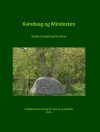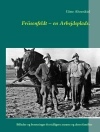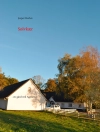This book comprehensively examines post-1989 changes to the symbolic landscape of Berlin – specifically, street names, architecture, urban planning and monuments – and links these changes to concepts of contested cultural memory and national identity in Berlin and Germany in the post-Wall period. The core of the book is made up of an analysis of built space changes in the eastern half of the city before and after the Berlin Wall, flanked by an introduction to the theoretical underpinnings of the topic and a wider interpretation of the events in Berlin in relation to other geographic and historical contexts. It furthermore offers an explanatory model for the phenomenon of the ‘symbolic foreigner’ whereby former citizens of the GDR feel disenfranchised and excluded from today’s German society.
This book is a valuable resource for researchers, students, and also appeals to a wider, non-academic audience with an interest in both cultural memory and Berlin.
Table des matières
Introduction.- Spatial Symbolism and Politics.- The Politicization of Berlin’s Urban Landscape, 1945 – 1989.- Identity, Politics, and the Creation of Consensus.- The Cultural Landscape of the Berliner Republic: Undoing the Socialist Past.- Putting It All Together: Spatial Symbolism, Cultural Memory, Nation-Building, and Berlin’s Urban Development after 1989.- Conclusion: Current Outlook, Recent Developments and Wider Relevance.
A propos de l’auteur
Dr. Mary H. Dellenbaugh-Losse is urban researcher, consultant, and author with a concentration on integrated post-industrial urban development, specifically: culture and creative industries, real estate market dynamics, intermediate and adaptive reuse of vacant buildings, bottom-up urban development, urban commons, and cultural heritage. She has a focus on applied research with public policy implications.












